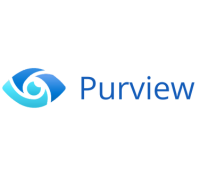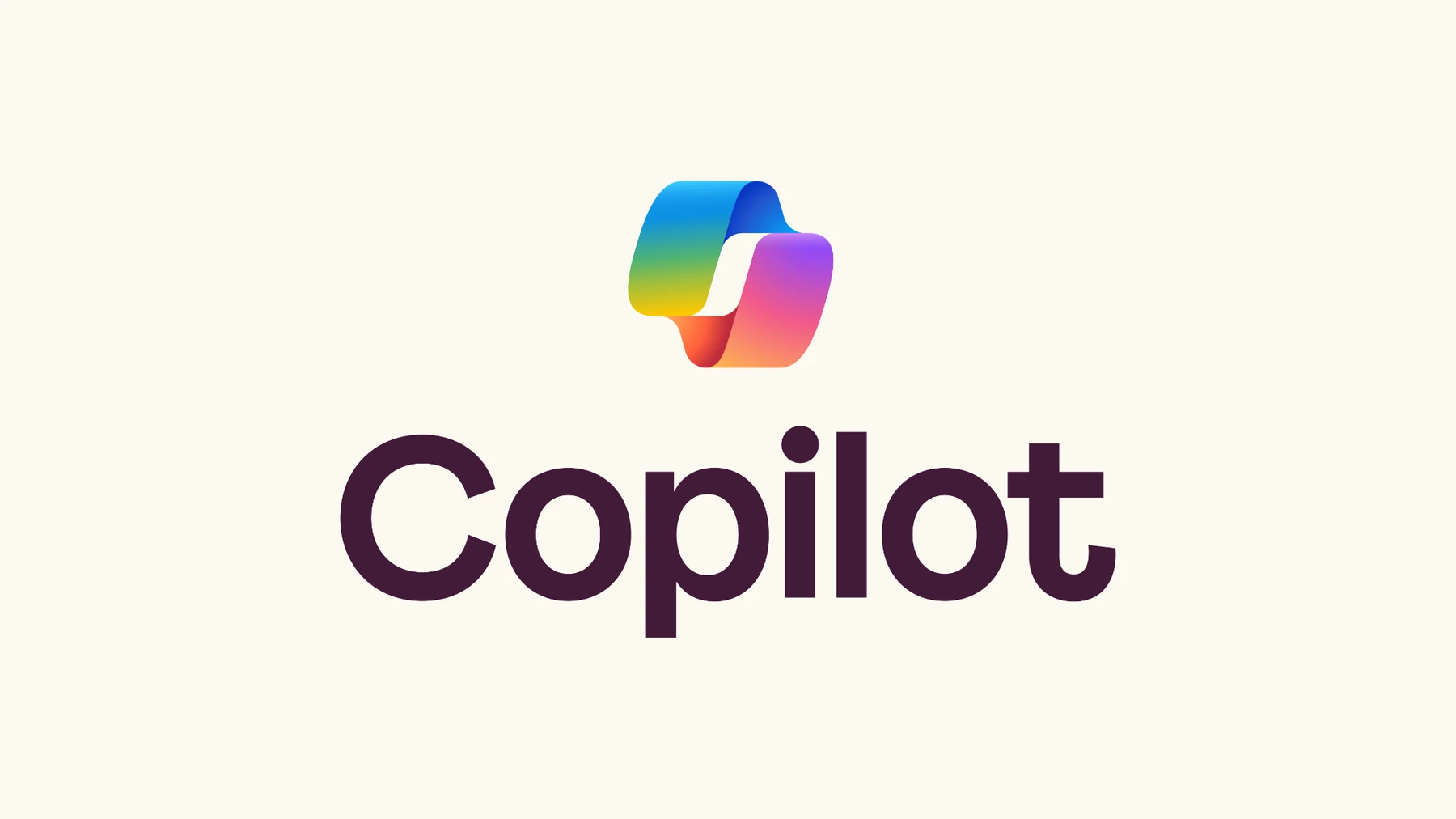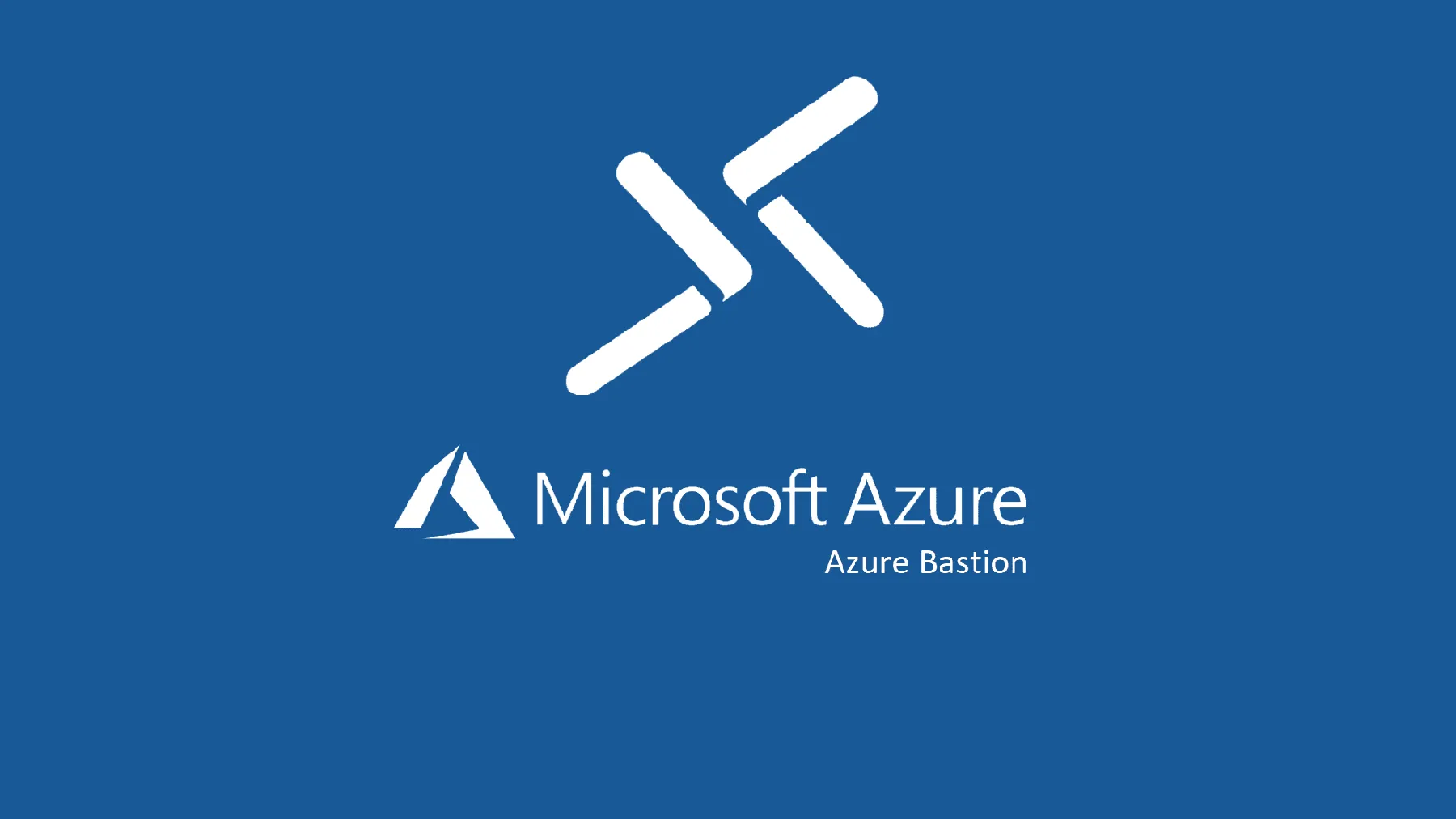Introduction :
Microsoft Purview stands out in 2025 as a unified data governance platform, combining cataloging, security and compliance in a single ecosystem. Faced with the explosion of distributed data (multicloud, on-premise, SaaS), companies are losing control: fragmentation of sources, unidentified sensitive data, RGPD non-compliance. Purview responds to these challenges with an integrated approach that unifies Data Map and Unified Catalog, enabling complete visibility of information assets and centralized governance of structured and unstructured data.
This solution goes beyond cataloging: it integrates automatic classification of sensitive data, end-to-end traceability (lineage) and regulatory compliance mechanisms adapted to the requirements of RGPD, HIPAA and other international standards.
What is Microsoft Purview and why adopt it?
Microsoft Purview brings together the former Azure Purview and Microsoft 365 Compliance solutions under a single platform. This consolidation brings three major components:
Data Map: automated mapping of all data assets via native connectors to Azure (Synapse, SQL, Blob Storage), AWS S3, Google Cloud, Snowflake, and over 120 third-party sources. Automatic scanning detects and classifies data according to its sensitivity (personally identifiable information, financial data, trade secrets).
Unified catalog: centralized interface where business and technical teams search, understand and exploit data via a customizable business glossary. Unlike traditional documentation-only catalogs, Purview automatically enriches metadata with quality, freshness and ownership information.
Compliance and security solutions: data lifecycle management, privacy labeling, data loss prevention (DLP), internal risk management and user activity monitoring on Microsoft 365, Teams and business applications.
The main advantage: a single organizational authority that eliminates governance silos and centralizes security policies. No multiplication of accounts, a single source of truth.
The pillars of data governance with Microsoft Purview
Automatic discovery and classification
Purview automatically scans your data sources to identify content and apply predefined or customized classifications. Over 200 types of sensitive data are detected by default: credit card numbers, NIR, passports, emails, health data.
The classification engine uses pattern matching and machine learning to reduce false positives. You can create your own business classification rules (internal product codes, specific customer identifiers).
End-to-end traceability (Data Lineage)
Lineage visualizes data flows from their source to their final use in Power BI reports, AI models or business applications. This traceability is crucial for :
- Analyze the impact of modifications on processing chains
- Identify dependencies between systems during migrations
- Respond to compliance audits by demonstrating data origin and transformation
Purview automatically captures lineage from Azure Data Factory, Synapse Pipelines, Power BI and can be manually enriched via API for third-party tools.
Metadata management and business glossary
The business glossary structures the company's terminology: shared definitions, concept hierarchies, synonyms. This reduces misunderstandings between teams and accelerates data adoption by non-technical users.
Data stewards assign owners, experts and certifications to data assets. The catalog becomes a living repository, not a fixed documentation.
Security and compliance: RGPD, HIPAA and beyond
Sensitive data protection and DLP
Microsoft Purview confidentiality labels (inherited from Microsoft Information Protection) automatically propagate from the source to copies, exports and visualizations. Data labeled "Confidential - HR" in SQL Server retains its label in Excel, SharePoint and Power BI.
Data loss prevention (DLP) prevents leaks: prohibition on sending files containing personal data outside the organization, automatic encryption of sensitive attachments, real-time alerts on unauthorized sharing.
RGPD compliance and people's rights
Purview makes it easy to respond to Access Rights Requests (ARRs): search for all mentions of an individual across Azure, Microsoft 365, SharePoint and third-party databases via a unified query. Export or delete data en masse.
The Data Protection Impact Assessment (DPIA) is based on an automated inventory of processing operations, documenting personal data flows, retention periods and security measures.
Internal risk management and monitoring
The Insider Risk Management module detects abnormal behavior: massive downloading of files before departure, access to sensitive data not related to usual functions, exfiltration to personal accounts. Alerts enable security teams to intervene before a leak occurs.
Communication Compliance monitors Microsoft Teams, Outlook and Yammer exchanges to identify policy violations: harassment, privileged information (trading), discriminatory language.
Deployment and integration in multi-cloud environments
Architecture and pricing
Purview adopts a pay-as-you-go model based on :
- Data Governance Processing Units (DGPU) consumed during scans and analyses
- The volume of data scanned and catalogued
- Compliance features enabled (some require Microsoft 365 E5)
A free version gets you started with limited functionality. Upgrading to the Enterprise Edition unlocks all sources, advanced lineage and custom reports.
Deployment: single account at Azure / Microsoft 365 tenant level. No complex multi-account management. Metadata is stored in your Azure region to respect data sovereignty.
Connectivity and network security
Purview supports Azure Private Link endpoints to isolate scan traffic from the public network. Firewalls must allow new endpoints:
- Portal: purview.microsoft.com
- API: api.purview-service.microsoft.com
Old URLs (web.purview.azure.com) are being depreciated, so prepare for migration.
Integration with Microsoft and third-party ecosystems
Native with Azure Synapse, Data Factory, Databricks on Azure, Power BI, Microsoft Fabric. Metadata flows automatically between these services.
For multi-cloud environments: connectors to AWS (S3, RDS, Redshift, Glue), Google Cloud (BigQuery, Cloud Storage), Snowflake, Oracle, SAP HANA, Teradata. Scans use credentials managed via Azure Key Vault or service principals.
The REST API lets you extend Purview to your proprietary tools: custom data pipelines, business applications, data science tools.
ROI and real-life use cases: beyond the buzzword
Use case 1: Accelerating data projects through self-service
Before Purview: data analysts spend 60% of their time looking for the right data, understanding its structure and contacting its owners.
With Purview: catalog search in seconds, automatic documentation (diagrams, statistics, value examples), access approvals via integrated workflow. Time-to-insight divided by 3.
Use Case 2: Reducing the risk of non-compliance
A healthcare company needs to prove HIPAA compliance. Purview automatically identifies the 47 databases containing patient data, applies confidentiality labels, blocks unencrypted exports and generates audit reports. Cost of manual compliance: 6 months, 200k€. With Purview: 6 weeks, savings of 150k€.
Use case 3: Seamless cloud migration
Migration of an on-premise data warehouse to Azure Synapse. Purview maps dependencies: 230 tables, 1200 views, 450 Power BI reports. Identification of obsolete data (30% not used for 2 years) = 40% reduction in migration costs. Lineage ensures that all critical data flows are tested before being cut.
Limits and points of vigilance
Learning curve: functional richness requires team training. Roles (governance administrator, data curator, domain creator) must be clearly defined.
Performance on massive volumes: petabyte scans can be time-consuming and costly in DGPU. Optimize by targeting critical sources, excluding temporary data.
Connector coverage: some legacy systems or nested SaaS applications require custom development. Check the availability of connectors for your tools before committing yourself.
Dependence on the Microsoft ecosystem: if your strategy is 100% AWS or GCP, solutions like AWS Glue Data Catalog or Google Dataplex may offer better native integration. Purview shines in Azure-centric hybrid environments.
Conclusion: Microsoft Purview, strategic investment or fad?
Microsoft Purview is not a gadget, but a necessity for organizations overwhelmed by the proliferation of data. The value lies less in individual features (found in competitors such as Collibra, Alation, DataGalaxy) than in native integration with the Microsoft ecosystem: Azure, Microsoft 365, Power BI, Fabric.
The choice comes down to your technology stack: if you're already committed to Microsoft, Purview eliminates friction. If you're looking for a solution that's agnostic or prioritize the business user experience, explore the alternatives.
The mistake to avoid: deploying Purview without a clear governance strategy. The tool is no substitute for organizational reflection on data ownership, validation processes and data culture. Start with a pilot business area, measure the benefits (time saved, risks avoided), then industrialize.
Recommended next steps:
- Activate the free version to explore functionality on a subset of data
- Identify 2-3 quick ROI use cases (RGPD compliance, BI acceleration, cloud migration)
- Set up a cross-functional governance team (IT + business)
- Deploy iteratively: don't aim for immediate exhaustiveness, prioritize high-value sources
Microsoft Purview is a 3-5 year investment, not an instant miracle solution. But in a context of tightening regulations and exploding data volumes, postponing governance costs more than adopting it.
.svg)






.svg)